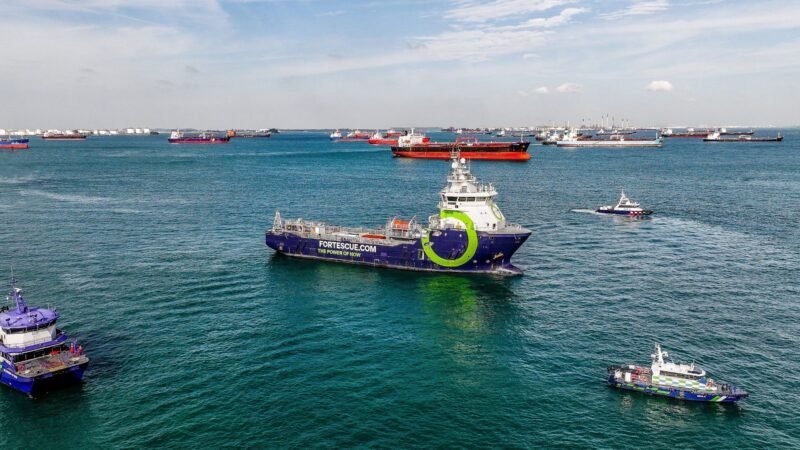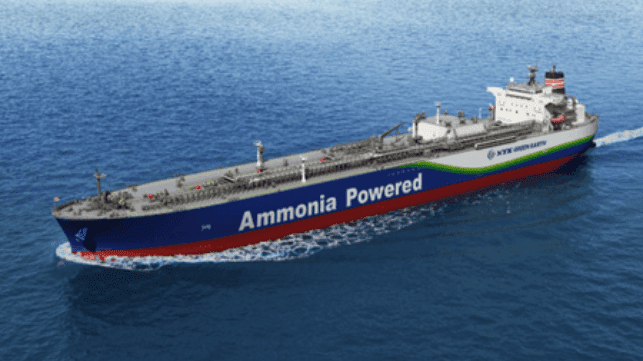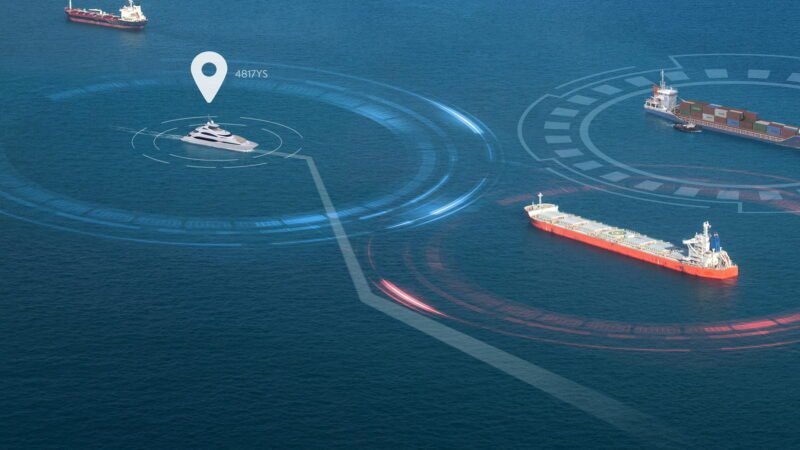A partnership has been formed between KR, HD Korea Shipbuilding & Offshore Engineering, HD Hyundai Heavy Industries, KSS Line, and the Liberian Registry to develop safety guidelines for ship-to-ship ammonia bunkering. This collaboration aims to establish robust safety standards for STS ammonia bunkering, which is an efficient method for supplying fuel to ammonia-fueled vessels. The safe bunkering of alternative fuels like ammonia requires rigorous risk assessment and the establishment of controlled zones.
While standards for LNG and methanol bunkering have already been defined through various international industry standards, ammonia currently lacks relevant guidelines. This highlights the urgent need for the partnership’s research. The five organizations involved will work together to develop standardized safety procedures that will set international benchmarks for ship-to-ship ammonia bunkering. HD KSOE will perform risk assessments aligned with international industry standards, while HD HHI and KSS Line will utilize their expertise in alternative-fuel vessels and ammonia carriers to evaluate controlled zones and safety procedures for ammonia STS bunkering.
KR will verify the compliance of these safety procedures and issue an Approval in Principle (AIP) certificate. The Liberian Registry, overseeing the world’s largest registered fleet, will further review the validity of these safety procedures. The collaborative effort to establish safety standards for ammonia bunkering is significant, given the expected rise in demand for ammonia-fueled vessels. KR is committed to advancing ammonia fuel technology and supporting the industry’s decarbonization efforts, while the Liberian Registry’s Innovation and Energy Transition team will review safety protocols and support the development of international standards.










